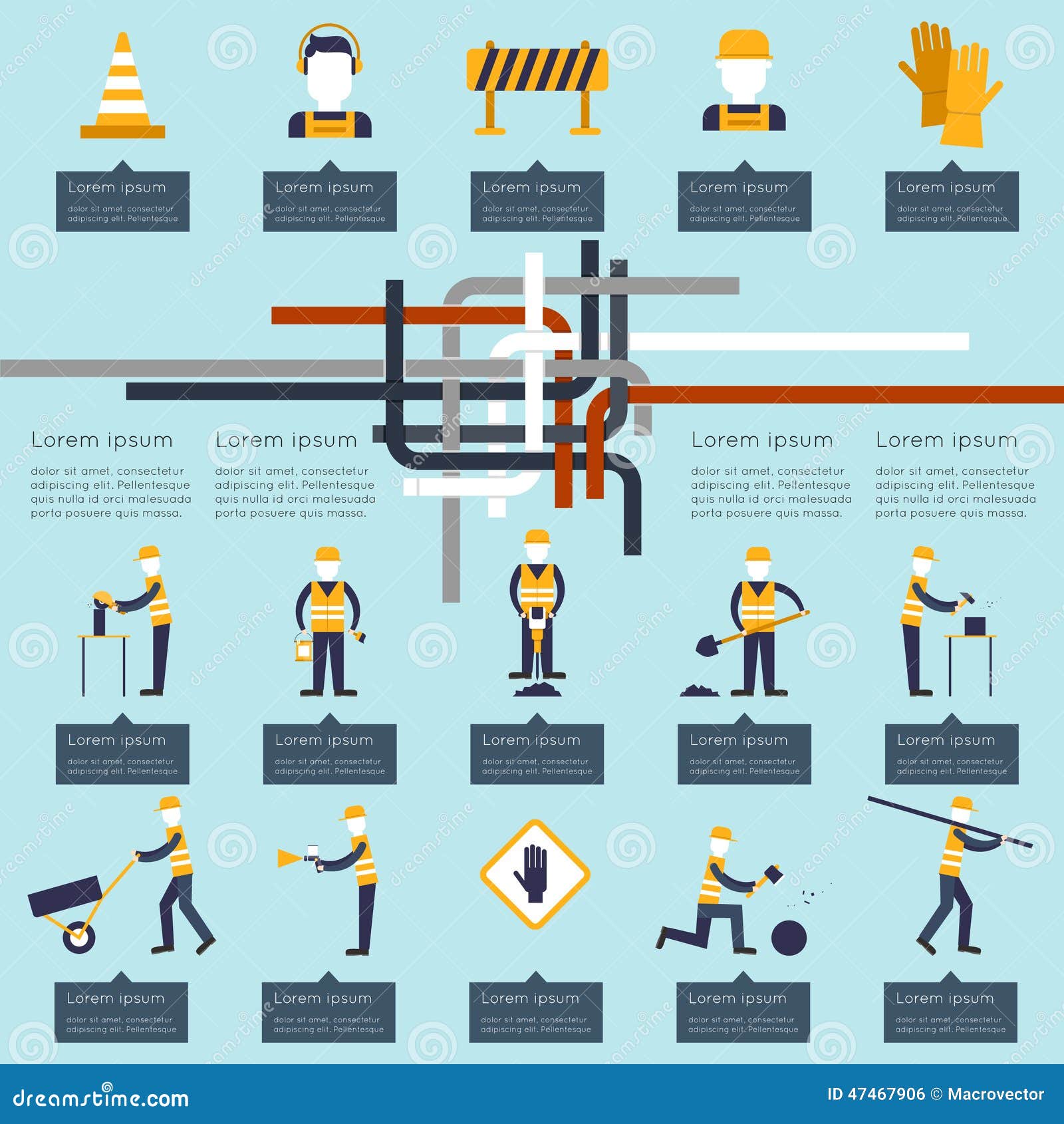Seasonal Considerations For Business Exterior Painting: What You Need To Know
Seasonal Considerations For Business Exterior Painting: What You Need To Know
Blog Article
Content Produce By-Burnham Whalen
When you're intending an industrial outside painting job, seasonal variables can make or damage your results. You'll wish to think about exactly how temperature and moisture influence paint application and drying times. Selecting the best period can ensure your paint adheres effectively and lasts much longer. However which periods are absolutely the best for this type of job? Allow's explore the crucial elements that can impact your task's success.
The Effect of Temperature on Paint Application
When you're planning a commercial external painting task, the temperature can considerably impact how well the paint adheres and dries out.
Ideally, historic home painters intend to repaint when temperatures vary between 50 ° F and 85 ° F. If it's too cool, the paint may not treat correctly, leading to issues like peeling or fracturing.
On the flip side, if it's also warm, the paint can dry out also quickly, preventing proper bond and causing an unequal finish.
You should likewise think about the time of day; morning or late afternoon provides cooler temperatures, which can be a lot more favorable.
Constantly inspect the supplier's referrals for the specific paint you're making use of, as they usually supply advice on the ideal temperature level variety for ideal outcomes.
Moisture and Its Result on Drying Times
Temperature isn't the only environmental variable that affects your industrial exterior paint task; moisture plays a substantial role also. High humidity degrees can decrease drying times significantly, impacting the total top quality of your paint job.
When the air is saturated with dampness, the paint takes longer to treat, which can cause problems like poor bond and a greater risk of mold growth. If you're painting on a particularly moist day, be prepared for prolonged delay times in between layers.
It's essential to monitor neighborhood weather conditions and plan appropriately. Preferably, aim for moisture levels in between 40% and 70% for optimum drying out.
Maintaining these factors in mind guarantees your job remains on track and supplies a lasting finish.
Best Seasons for Commercial Outside Paint Projects
What's the very best season for your commercial exterior paint projects?
Spring and very early loss are normally your best choices. During these seasons, temperature levels are light, and humidity levels are typically lower, developing ideal conditions for paint application and drying.
Stay clear of summer's intense heat, which can create paint to dry as well swiftly, bring about bad adhesion and surface. In a similar way, winter months's chilly temperature levels can impede appropriate drying out and healing, taking the chance of the longevity of your paint work.
Aim for days with temperatures in between 50 ° F and 85 ° F for ideal outcomes. Bear in mind to examine the local weather forecast for rainfall, as damp problems can destroy your job.
Planning around these factors ensures your paint job runs smoothly and lasts much longer.
Verdict
To conclude, preparing your commercial external paint jobs around seasonal considerations can make a significant distinction in the outcome. By organizing job during the excellent temperature levels and humidity levels, you'll guarantee much better adhesion and drying times. Keep in mind to watch on regional weather prediction and pick the right time of year-- spring and very early loss are your best options. Taking Recommended Internet page will certainly help you achieve a sturdy and professional surface that lasts.
